
Year-Round Care
Seasonal transitions can quietly wreak havoc on your furniture. From the harsh summer sun to winter’s dry indoor heat, these shifts take a toll on everything from wood to upholstery.
In this slideshow, we’ll explore how to protect your furniture year-round. By managing sunlight, humidity, airflow, and more, you’ll discover how to keep your favorite pieces looking pristine, no matter the season.
Learn how small adjustments can make a big difference in preserving your home’s comfort and style.
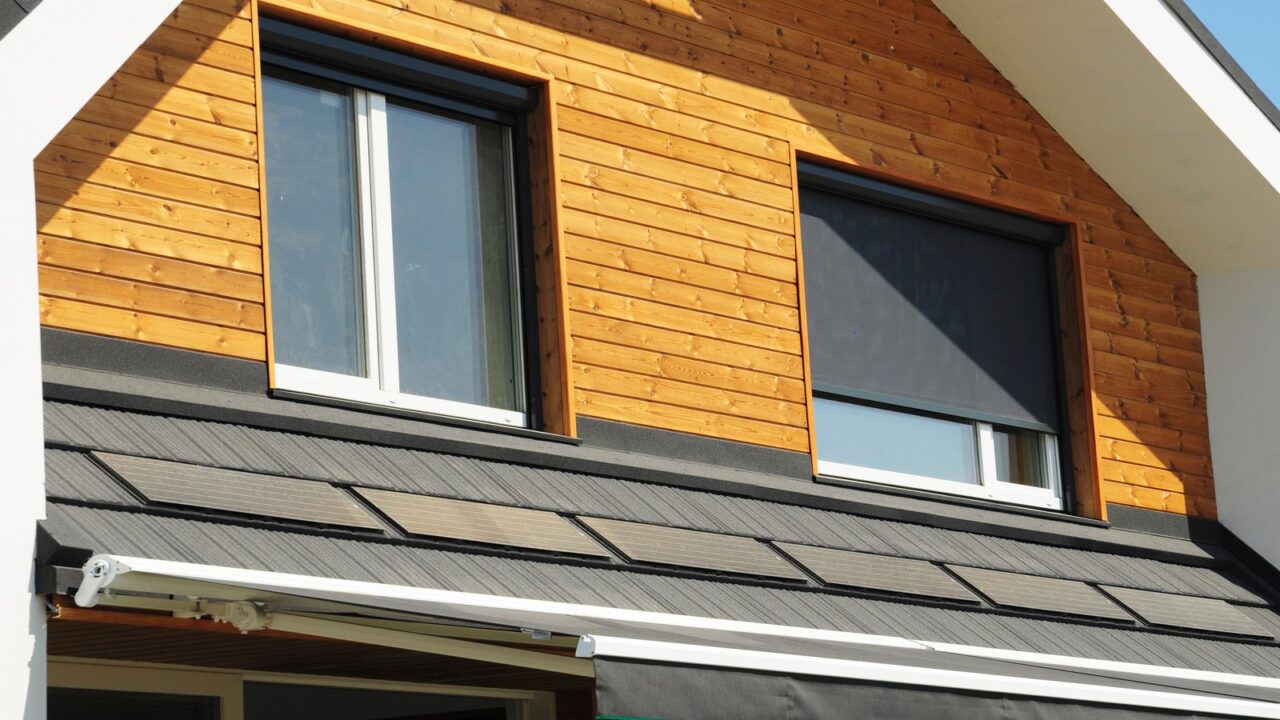
Direct Sunlight
Sunlight is one of the biggest threats to furniture, gradually causing colors to fade and materials to deteriorate.
To protect your furniture during peak sunlight hours, use UV-blocking curtains or window films. Rearranging furniture seasonally can also help minimize direct exposure to harsh sunlight.
These simple steps can go a long way in prolonging the life of fabrics, leather, and wooden surfaces in your home.
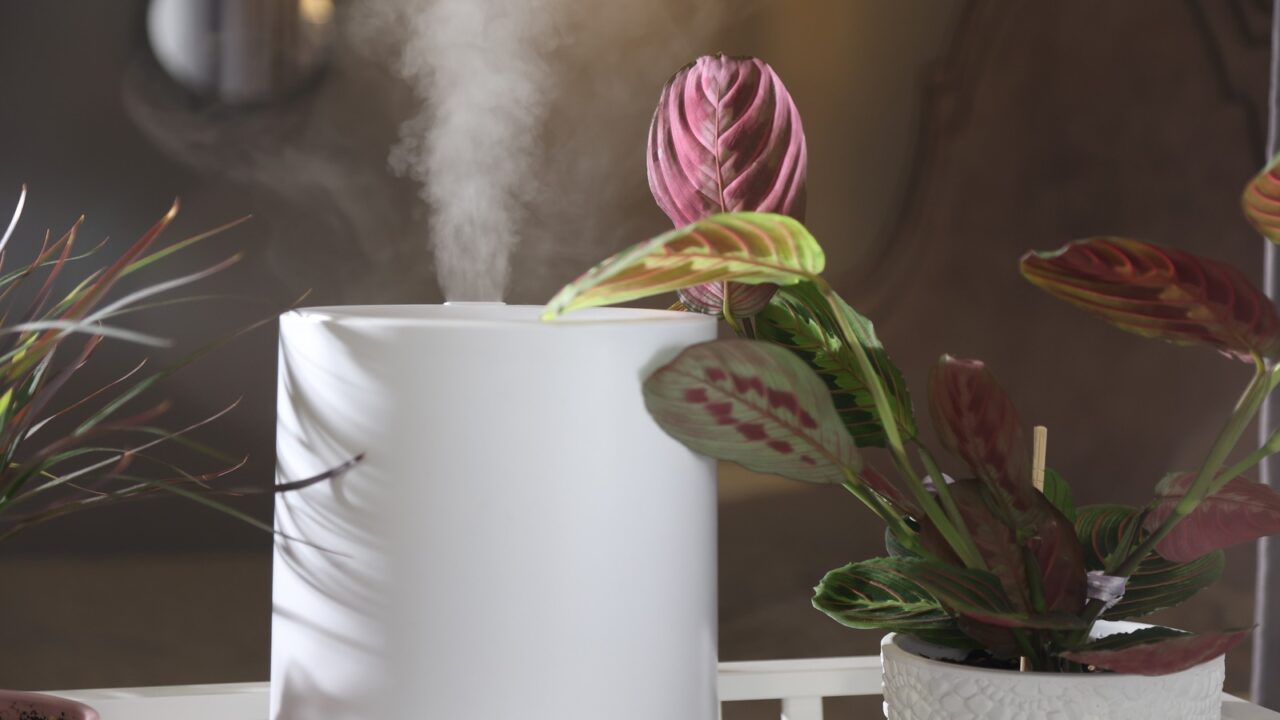
Indoor Humidity
Fluctuating humidity levels can quietly damage your furniture. High humidity encourages mold and mildew growth, while low humidity can cause wood to crack.
To maintain optimal humidity, use a dehumidifier in the summer and a humidifier in the winter. Keeping humidity between 40% and 60% not only protects your furniture but also creates a more comfortable living environment for you and your family.
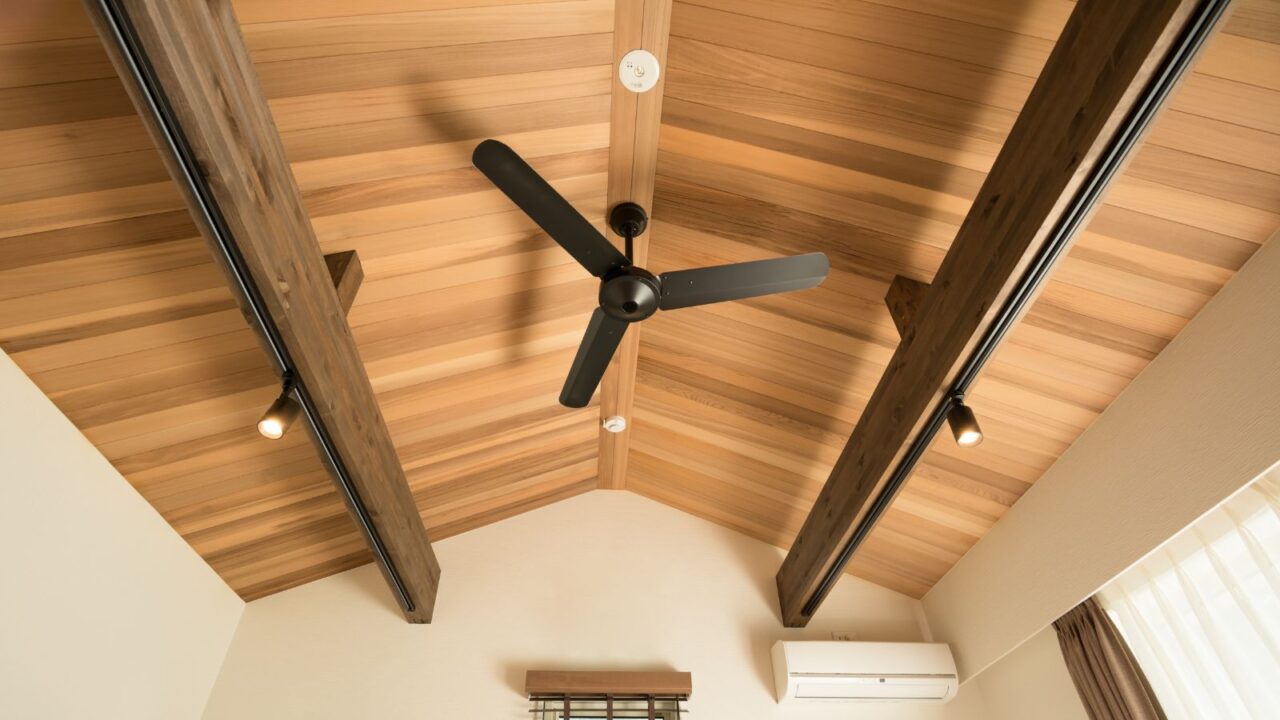
Proper Ventilation
Proper ventilation is crucial for managing moisture levels and temperature within your home, directly affecting your furniture’s condition.
Ensure proper air circulation in areas where furniture is placed to prevent humidity build-up, which can lead to mold or warping. Use ceiling fans, open windows, or run exhaust fans in rooms where air tends to stagnate.
Good ventilation not only improves indoor air quality but also helps keep your furniture in top condition, protecting it from common seasonal damage.
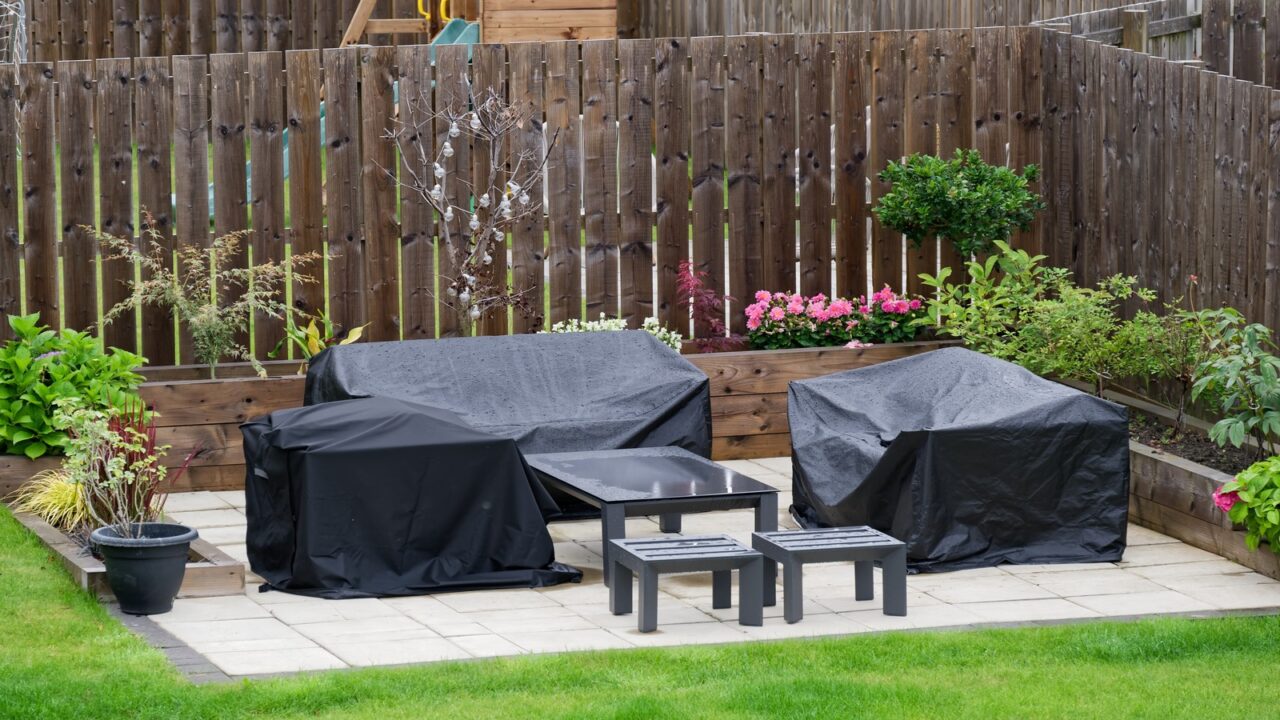
Furniture Covers
Outdoor furniture is especially vulnerable to seasonal elements like rain, snow, and UV rays.
Invest in high-quality, breathable covers that shield your pieces from moisture, dirt, and direct sunlight. These covers not only protect against harsh weather conditions but also help reduce wear and tear from daily use.
Even for indoor furniture, covering pieces during extended periods of disuse can add an extra layer of protection, preserving their original condition.

Protective Finishes
A good protective finish can make a world of difference in maintaining wood furniture through seasonal changes.
Regularly apply a layer of furniture wax, oil, or polish to create a barrier against moisture and scratches. Make sure to choose finishes that complement the wood’s natural color and texture.
This practice not only enhances the appearance of your furniture but also extends its life by preventing damage from everyday spills, heat, and humidity.

Dusting and Cleaning
Dust might seem harmless, but letting it accumulate on your furniture can lead to scratches and dullness. Dust your furniture weekly using a microfiber cloth to prevent tiny particles from damaging the surface.
For wood, use a wood-specific cleaner and avoid harsh chemicals that could strip the finish. Fabric upholstery should be vacuumed regularly to remove debris trapped in the fibers.
Regular maintenance goes a long way in preserving the look and feel of your furniture, saving you from unnecessary wear and tear.

Cushions and Rugs
Cushions and rugs are prone to uneven wear and fading, especially when exposed to direct sunlight or frequent foot traffic. Rotating them every couple of weeks can help maintain even color and texture.
This simple practice not only prolongs the life of your cushions and rugs but also gives your living space a fresh look each time you rearrange.
Small adjustments like this can keep your textiles looking newer for longer while reducing the chances of stubborn wear patterns forming.

Leather Furniture
Leather furniture adds a touch of luxury to any room but requires specific care to maintain its quality.
During hot, dry months, leather can crack and stiffen if not properly treated. Use a high-quality leather conditioner to restore moisture and prevent it from drying out.
Conditioning every 6 to 12 months is recommended to keep the leather soft and supple.
Additionally, avoid placing leather furniture near windows or vents, where temperature extremes can cause further damage. This simple precaution will help your investment stand the test of time.
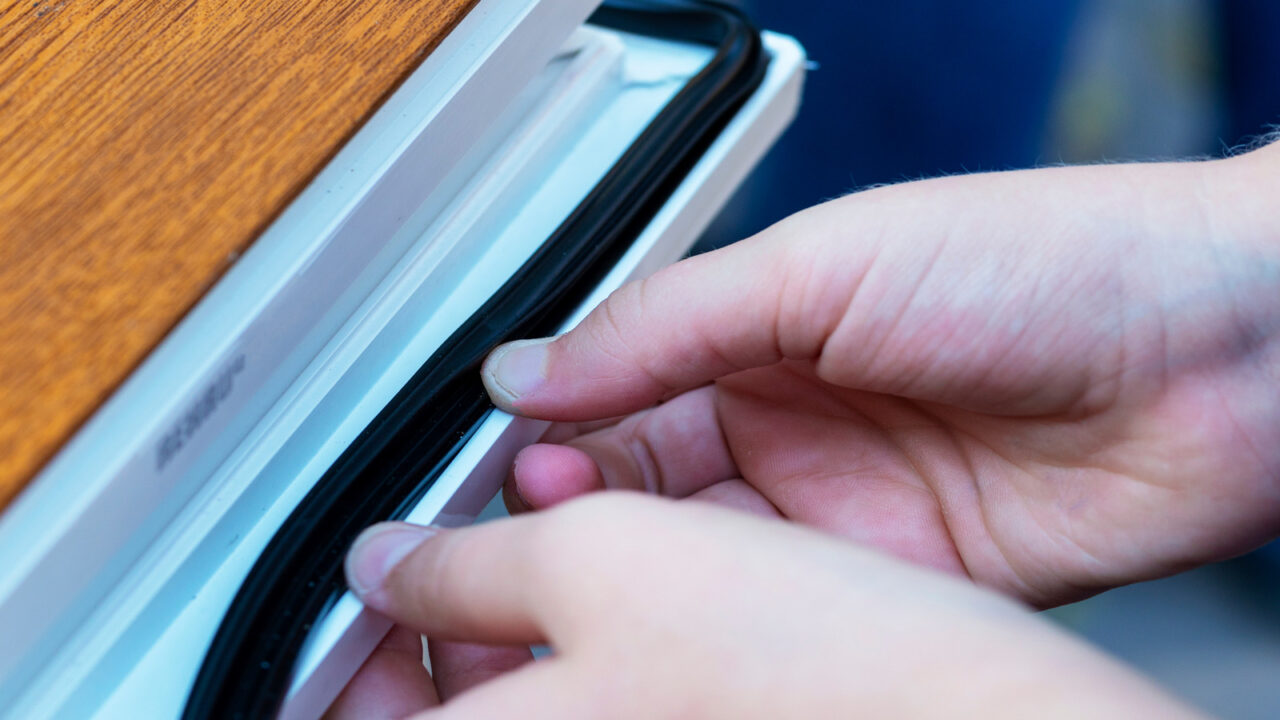
Sealed Doors and Windows
Seasonal drafts and moisture can enter your home through improperly sealed windows and doors, causing issues like wood warping and fabric mold. Make it a habit to check and reseal any gaps or cracks, especially during high-humidity months.
Simple weather-stripping around doors and windows can make a big difference in protecting your furniture. This not only boosts energy efficiency but also prevents unwanted moisture from creeping in and causing costly damage to your pieces.

Direct Heat Sources
Heat sources like radiators, vents, or fireplaces can be harsh on your furniture, causing the wood to dry out and crack and fabric to become brittle.
Ensure that your furniture is positioned a few feet away from any direct heat. For rooms with limited layout options, consider using heat-resistant pads or insulating materials between your furniture and the heat source.
These small precautions can save your furniture from the long-term effects of excessive heat, preserving its structure and appearance.
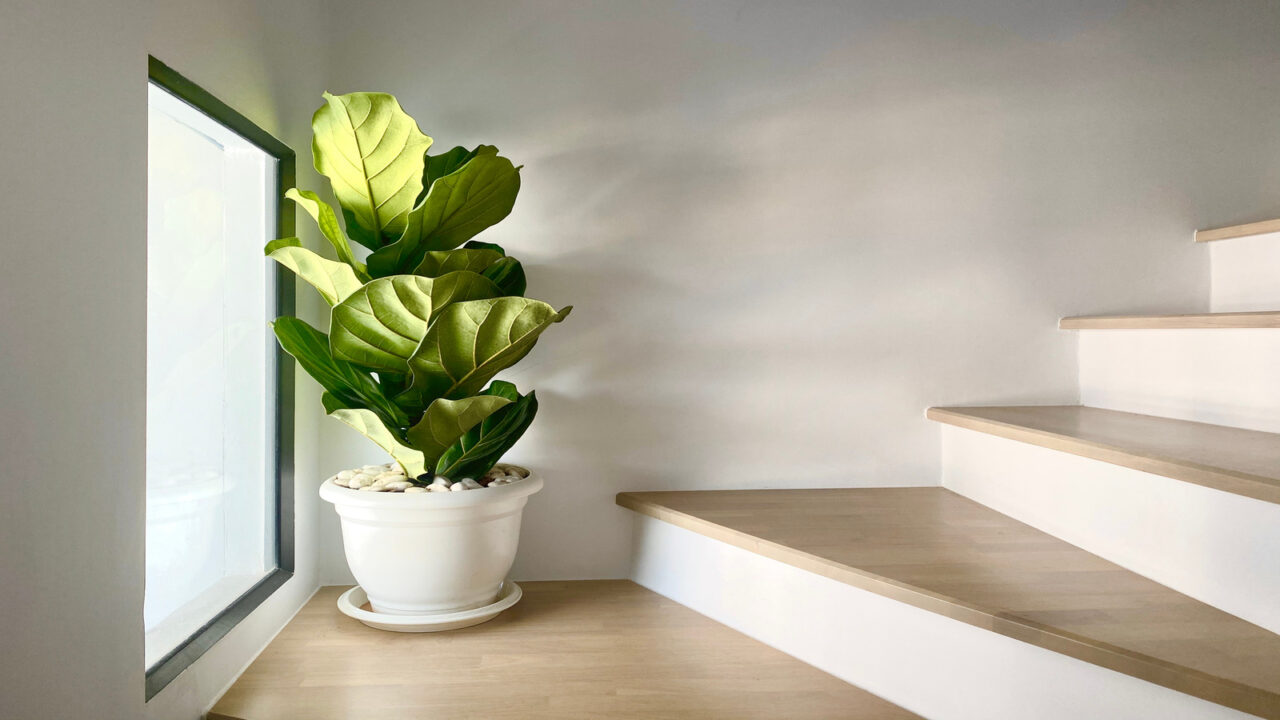
Indoor Plants
Indoor plants can be a beautiful addition to your living space, but they require careful management to avoid harming your furniture.
Overwatering plants can lead to excess moisture in the air, which may cause wood to swell or fabric to mildew. Ensure plants are placed in well-draining pots and use saucers to catch any overflow.
Also, be mindful of where you position your plants—placing them too close to furniture can invite mold growth, which can be tricky and costly to clean.

Hot Items
Hot items like coffee mugs, laptops, and dishes can leave unsightly marks and even cause permanent damage to furniture surfaces. Wooden tables are particularly susceptible to heat rings and discoloration.
Always use coasters, trivets, or heat-resistant mats when placing hot items on tables or counters. Even quick placement can result in lasting marks.
This simple habit can save your furniture from unnecessary blemishes and keep your surfaces looking pristine, especially during gatherings when heat exposure increases.

Cleaning Products
Using incorrect cleaning products can do more harm than good, leading to stripped finishes, discoloration, or buildup. Always opt for cleaners specifically formulated for the material you’re treating, be it wood, leather, or fabric.
Test new products on a hidden area before applying them more broadly. With wood, choose pH-balanced cleaners, and for upholstery, use gentle, non-abrasive solutions.
Regular and appropriate cleaning keeps your furniture looking fresh while preventing damage that could degrade its material over time.
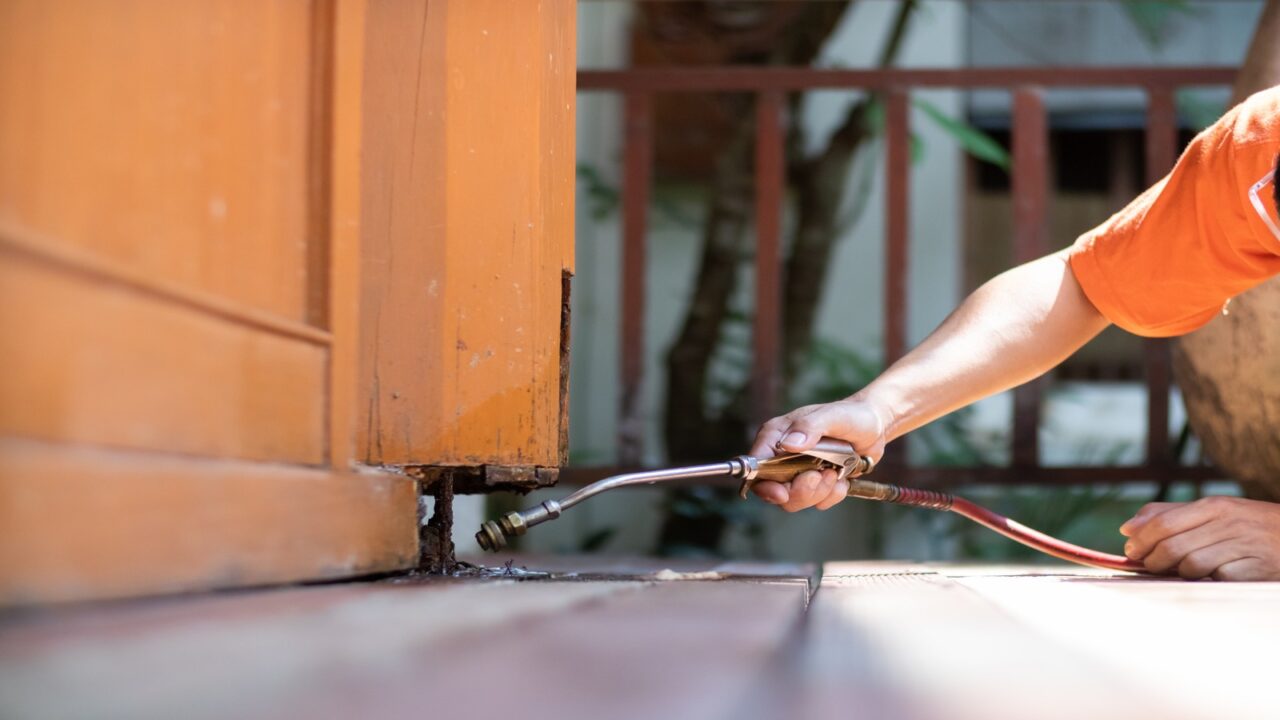
Pest Infestations
Seasonal shifts often bring pests like termites, moths, and rodents indoors, posing a threat to your furniture. Regularly inspect wood furniture for signs of pest damage like tiny holes or sawdust, and consider pest deterrents or traps if necessary.
For fabrics, use lavender or cedar to keep moths at bay. Pest damage can be costly to repair, so taking early preventative measures will protect your furniture from serious harm while avoiding the expense of professional extermination services.
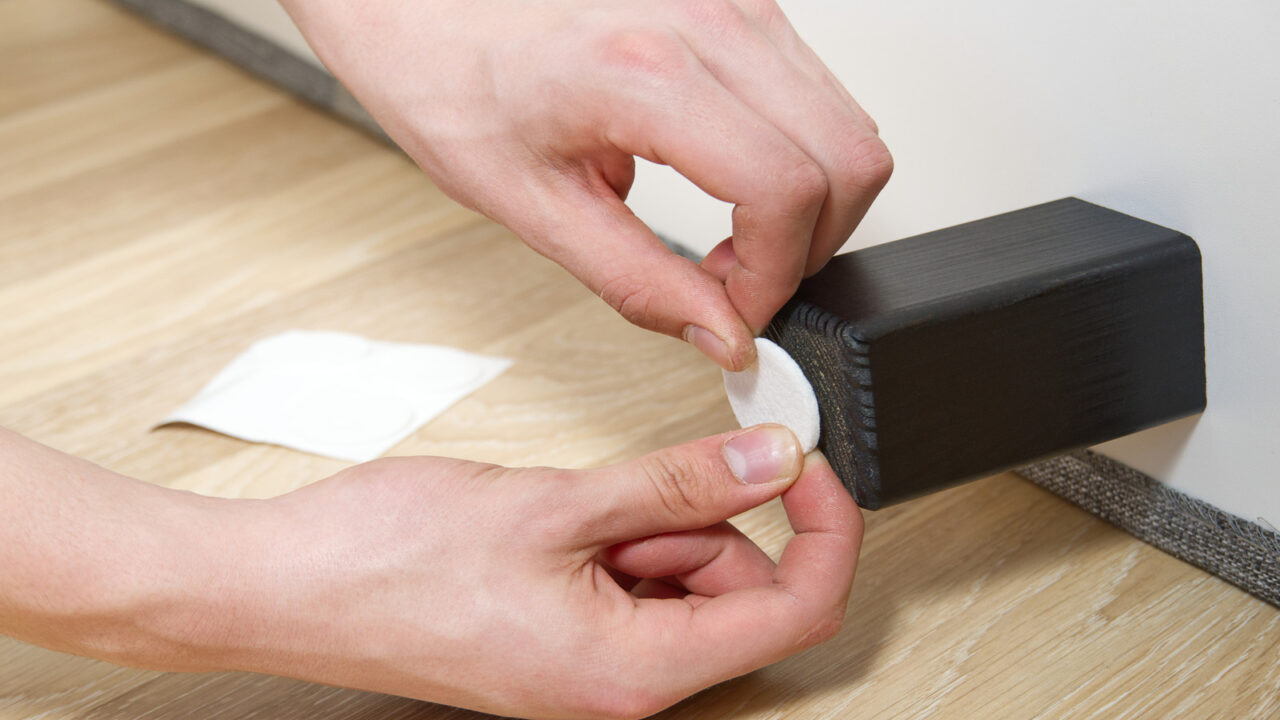
Protective Pads
Furniture legs can scratch hardwood floors, leaving marks that are tough to repair.
Protective pads, especially felt ones, are an easy way to prevent scratches and make moving furniture smoother without harming your floors.
Additionally, during dry months when wood floors are more vulnerable, these pads reduce friction that could cause splits or cracks.
These small accessories are affordable and effective in keeping your floors looking polished, even as they endure the seasonal stress of furniture movement.
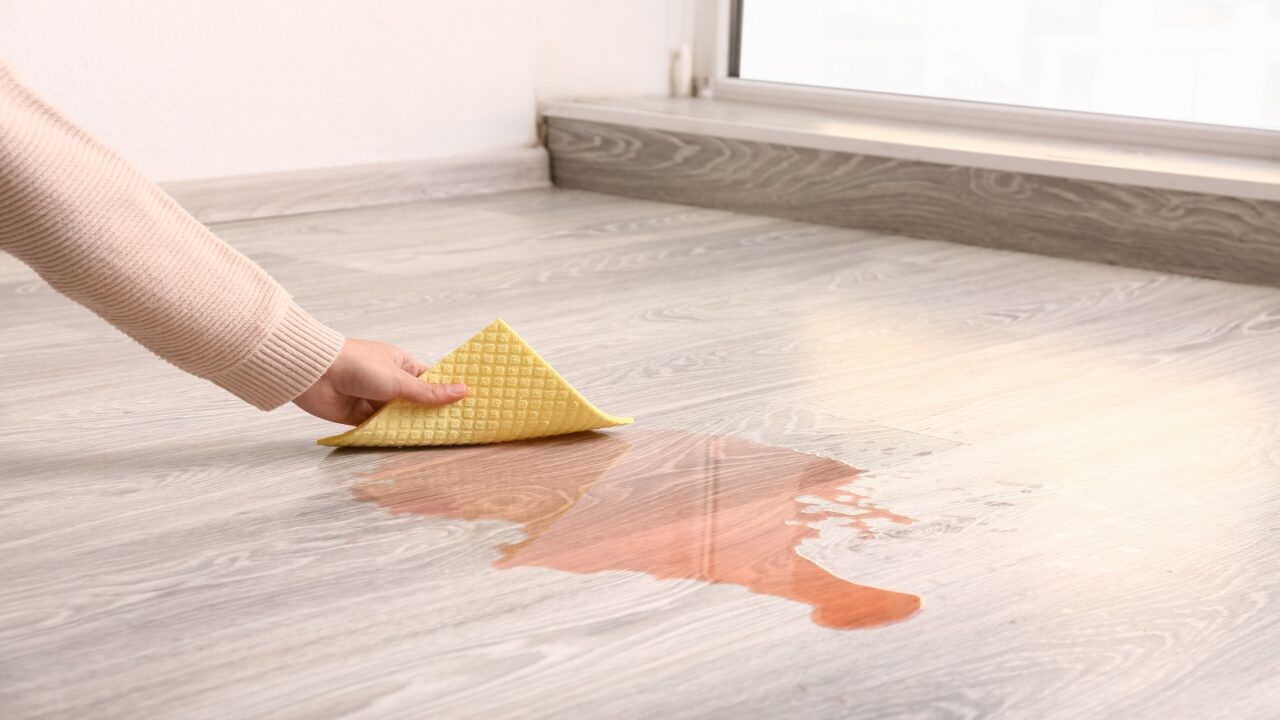
Floor or Furniture Spills
Seasonal gatherings can lead to more spills, which, if not addressed quickly, can cause lasting stains.
Blot spills immediately with a clean, absorbent cloth to prevent liquids from seeping into fabrics or wood. For tougher stains, use cleaning solutions specifically designed for your furniture type.
Quick action is key to preventing permanent damage, so always have the right products on hand for the season’s most common mishaps.

Area Rugs
Hardwood floors can suffer from scratches, fading, and other seasonal wear, especially during high-traffic months. Area rugs offer a stylish solution to these issues, providing a protective layer that helps maintain the condition of your floors.
Choose rugs with a strong grip to prevent sliding and use rug pads underneath for added cushioning and protection.
Area rugs also offer versatility in changing the look of a room while protecting one of your home’s biggest investments from seasonal damage. Check out how to use rugs to refresh your decor and protect your home!
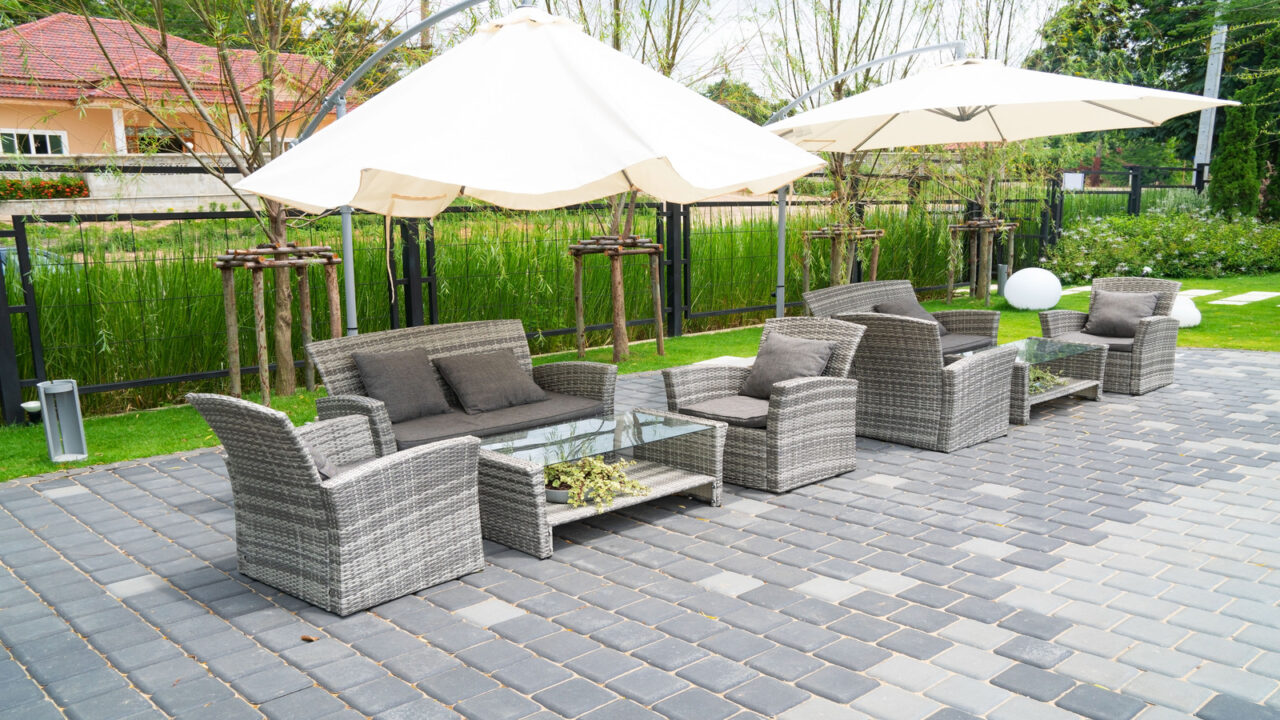
Outdoor Furniture
As the seasons shift, outdoor furniture faces increased risks from rain, sun, and temperature fluctuations.
At the end of summer, store your outdoor furniture in a dry, sheltered area or use high-quality covers designed for outdoor conditions. Pay attention to stacking and storing cushions in a moisture-free environment, as dampness can lead to mold and odors.
By properly storing your outdoor pieces, you’ll extend their life, ensuring they’re ready to use when warm weather returns.